Last week, India's Supreme Court decided against Novartis, a large pharmaceutical company, in their Intellectual property case. Novartis was asking to block a generic form of their cancer drug Gleevec from being created and sold by India. I understand both sides of the battle. I'm a writer, so I identify with not wanting someone else to steal my ideas and profit from them. However, I'm also a person living with chronic myelogenous leukemia (CML) and Gleevec is the $7,861-a-month chemotherapy medication I am taking.
One argument from the drug company, was that their profits would be gauged if another company offered a generic form. They noted that they have an assistance program for those who cannot afford the drug, and that research and development for other drugs would have to be cut if they lost their patent in India. I struggle with this logic for many reasons:
1) If people cannot afford a medication then the drug will not be bought;
2) Assistance programs are not absolute;
3) If the record profits this company is showing doesn't allow for further research and development, there is a problem within the structure.
Gleevec was approved by the FDA in 2001. In 2007, when I started taking the drug the cost was approximately $3,000.00 a month. By 2012 the cost had risen to $7,861 a month. Every new year I fight with my insurance to cover that cost. After a huge medication only deductible is met in January (this year over $4,000), then I am able to receive my drug for a percentage co-pay (approximately $250) each month. I read that the average wage in India is about $16 a day, with most people of the country living on only $1 or $2 a day. People earning those small wages simply cannot afford thousands of dollars for a medication that will save their lives. Therefore, the drug company will not be losing business from these people.The generic form can be created for a fraction of what is being charged here in the United States. One article stated the generic would cost $2,500 a year. This would allow charity groups to do much more to help those in other countries who cannot afford this medication. You might be wondering why American's cannot then also buy the generic from India. Due to our FDA laws, it is illegal for Americans to bring in medications from pharmacies located outside of the U.S.
My second concern is regarding medication assistance programs. It's great that these companies have these programs available, but there's a problem. There is no law that says drug companies have to offer drug assistance programs, or maintain drug assistance programs. Gleevec is a medication that currently is meant to be taken every day for the remainder of a person's life. What happens if the drug company discontinues the program? What happens if there are restrictions of income or location that do not allow a person access to the program? What happens if the drug assistance is only for one year? There are too many questions to stake your life on. I have absolutely benefited from drug assistance programs and what I've found is that they are a bridge, not a safety-net. Many of these programs have a limit they are able to use for those who need help, once that limit is reached, there are no more openings to the program. There is usually a set time limit (a few months or a year) for assistance. Often there are income requirements that are very stringent so if a person makes a few dollars more than the maximum, but not enough to afford the medication, they are stuck in a gap. Assistance programs are helpful to some, but not to all.
My final point is regarding research and development of new drugs. I understand the process to creating new medications is costly, and those costs need to be recouped with a profit to make the research financially worthwhile. However, it doesn't appear the makers of Gleevec have lost money from this drug. On the contrary, Novartis is financially doing very well. They have to. Like most pharmaceutical companies they are publicly traded on the stock market. Any company beholden to stockholders who expect record profits every year, are stuck in a cycle where enough will never be enough. Research and development of new drugs should not be the focus of cuts based on this ruling. Perhaps the money spent on lobbyists, or seven year legal battles in India, or excessive advertising, could be looked at first. While I am grateful for Novartis in its distribution of the drug saving my life, I do not appreciate the scare tactic of I didn't get my way, so therefore I'm going to take away future hope from others.
This company must have long ago paid off research for this drug. They are making record profits from people who are dependent on their product to live, and their United States patent doesn't run out until 2015. As a writer, I would not want my ideas stolen, but I would hope if I was being greedy with my ideas and potentially harming others because of that greed, someone would make me stop and look at what I was doing. My recommendation to Novartis after this loss in India is to not cut research and development of future life saving drugs, but rather invest in them so perhaps their company can have another cash cow like Gleevec in the future.